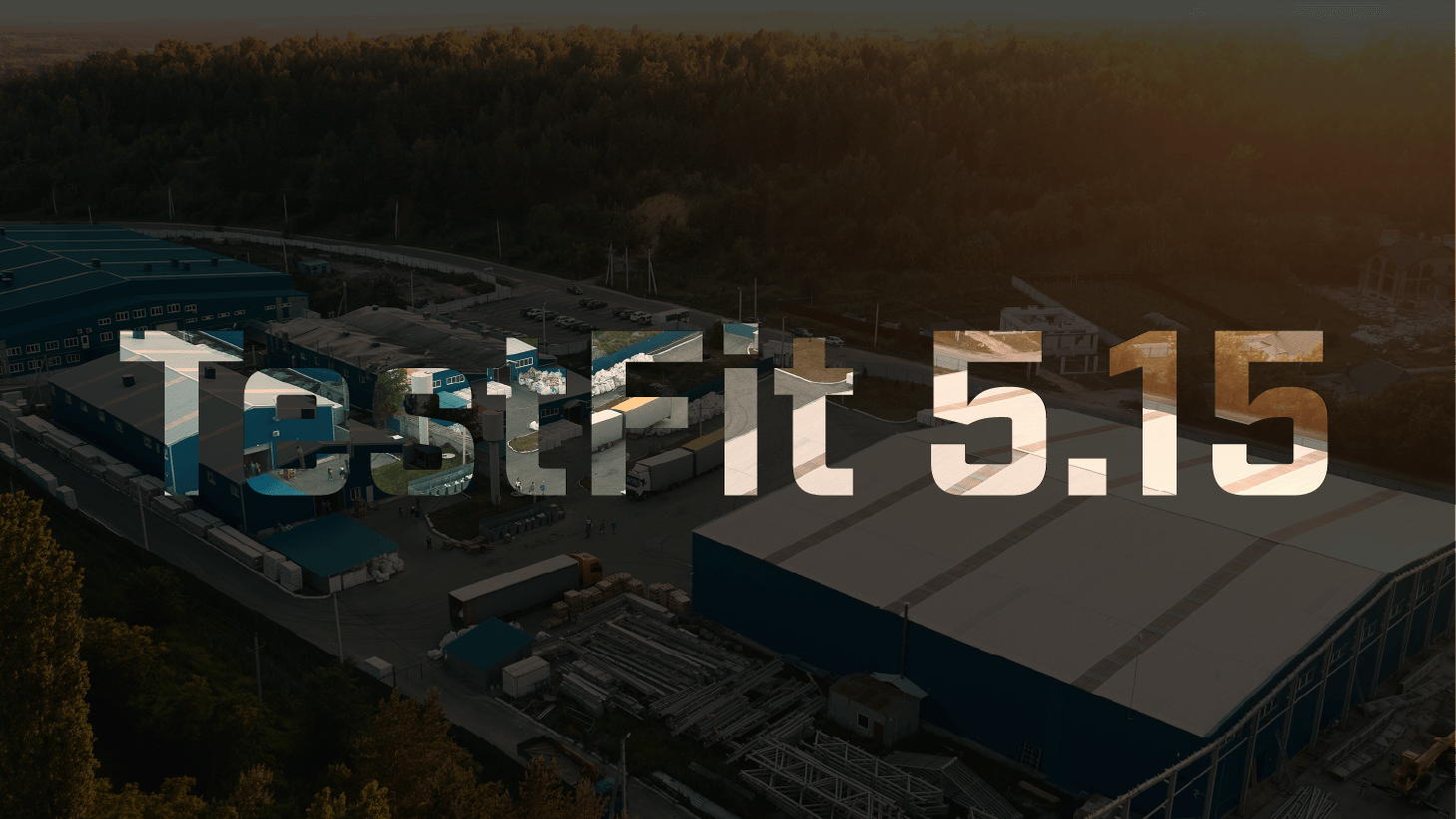
In our last major release of the year (a total of 8), we’re proud to introduce Energy Use Intensity in TestFit, thanks to our integration with cove.tool. I have been working in the apartment industry for six years now, and in this time there has been little effort to analyze energy usage for this commodity building type. As global climate issues become more commonplace, this KPI will become as important as NRSF & yield-on-cost.
What is EUI and why does it matter? Energy Use Intensity helps our industry understand the operating costs of a future building. Energy costs are rising and focus on operational carbon is only increasing. Adding EUI to the feasibility stage will make sure that energy consumption is part of the calculus for all development projects, even commodity buildings. Furthermore, understanding EUI is increasingly mandated on certain types of projects. So as an industry, let’s get ahead of the ball, when critical financial decisions are made: during feasibility.
EUI in TestFit
Assess EUI in TestFit instantly
All the building geometry that is needed to calculate your EUI is constantly updated as you manipulate your TestFit buildings. Easily add the percentage of glazing and send the data to cove.tool to get your EUI back in a few seconds.

Compare EUI across designs
A lot of the power of this integration comes from the ability to measure your different building designs against each other. Easily compare what your total EUI will be between buildings and adjust them to reduce your EUI.

Export to cove.tool for further analysis
Calculate operational carborn (kgCO2e emissions), embodied carbon (a1-a3, aka cradle-to-gate), the estimated number of earned LEED points, Benchmarking info, a climate report, water usage, energy utility costs, and some cost estimation related to envelop and systems by exporting your TestFit data to cove.tool.

Want to learn more? If you’re a TestFit & cove.tool client, get started with our Knowledge Base article.
Improvements
- Added 3 new prototype presets for industrial sites.
- Added industrial-specific elements to the DXF export.
- Improved the generation of freight drive aisles in industrial sites.
Bug fixes
- Fixed a crash attempting to hit the parking ratio in complex garden sites.
- Fixed garden manual mode only showing one available building type.
- Fixed empty units in new garden sites when using metric.
- Fixed a rare case where the drive aisle was missing on industrial sites.
- Fixed a rare case of warehouses being disconnected from all drive aisles.
- Fixed some industrial tabulation differences between the GUI and PDF export.
- Fixed back-to-back freight parking areas having a different number of stalls.
- Fixed freight parking areas occasionally having too few stalls.
- Fixed a rare case where high density buildings were missing roofs.
- Fixed a crash when attempting to open Enscape on unsupported computers.
- Fixed the inability to edit a site boundary on top of an underlay image.
- Fixed context menus showing up in the wrong place when a setback is selected.
- Fixed spaces inside a building moving when being selected.






